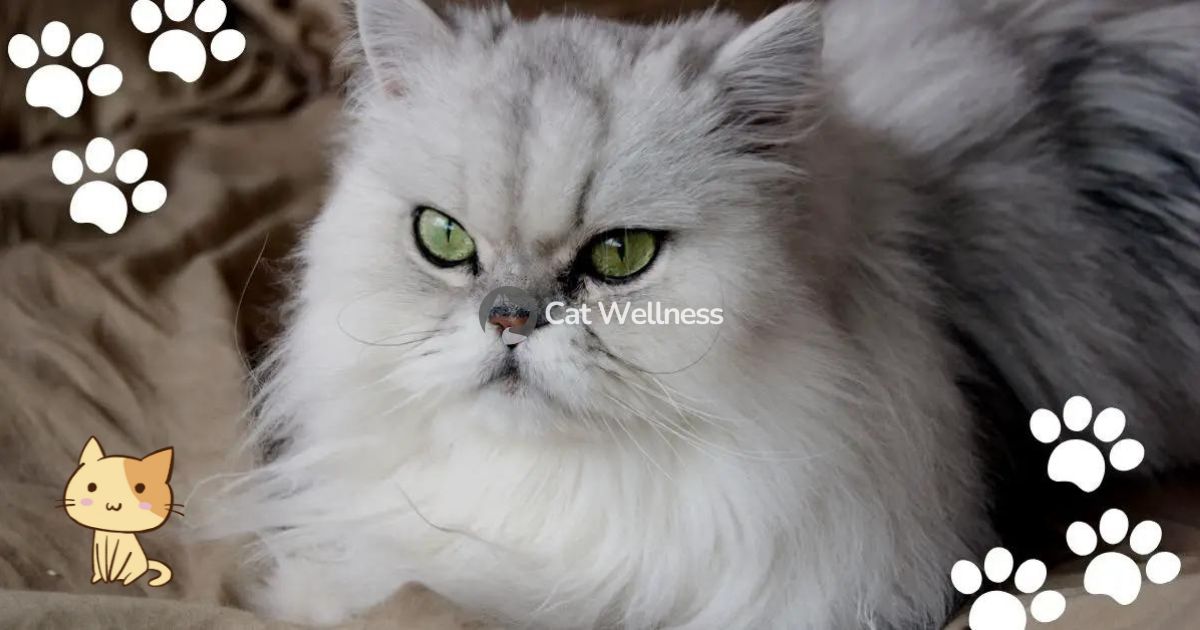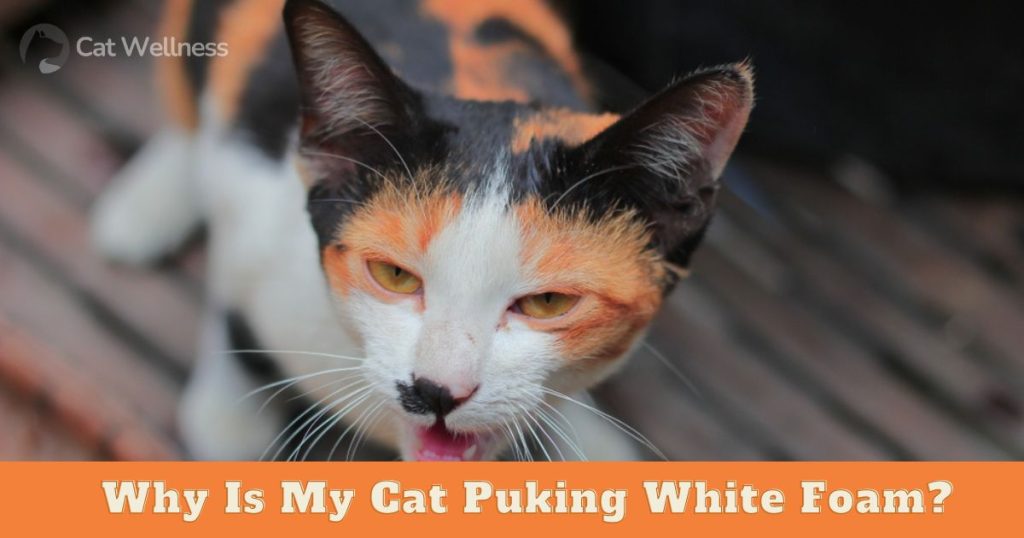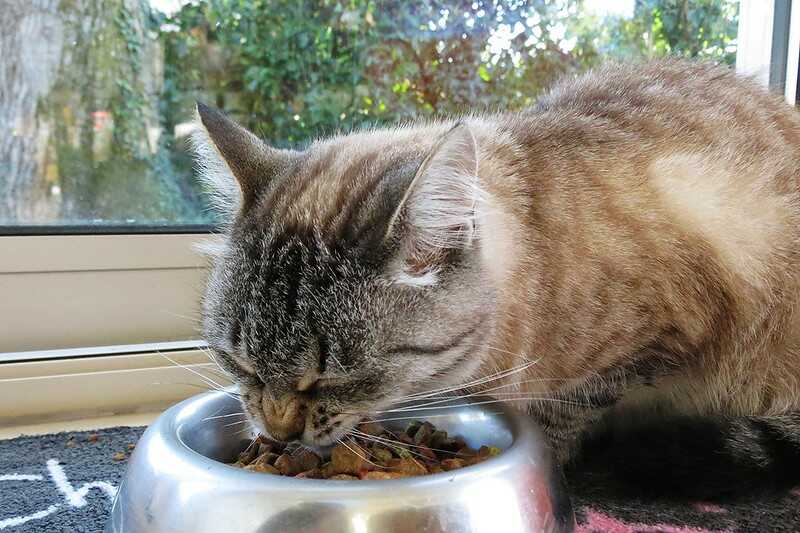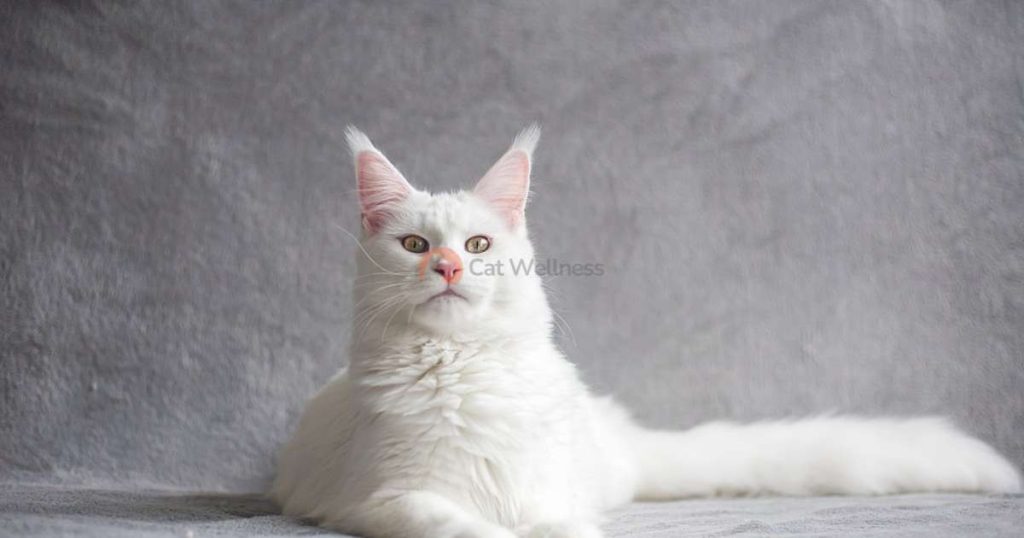Are you a cat lover with allergies, pondering over the Persian breed’s compatibility with your condition? Despite their popularity and undeniably charming looks, it may surprise you that Persian cats are not considered hypoallergenic.
This article analyzes why these furry felines might trigger allergy symptoms and offers helpful strategies for reducing dander-related issues.
Let’s explore the purr-sian world to discover if this elegant breed can be your perfect pet companion!
Persian Cats and Allergies
Are Persian Cats Hypoallergenic?
“The quick answer is no. Persian cats are not considered hypoallergenic due to their long coats that can contain high levels of cat dander if not regularly bathed.”
However, these adorable felines may ignite allergies in sensitive individuals due to the high levels of cat dander found in their thick fur. Moreover, the protein these breeds produce adds an extra challenge for those prone to allergies.
Despite this allergenicity factor associated with Persian cats and other nonhypoallergenic breeds like Bengal and Norwegian Forest Cats, many pet lovers embrace them wholeheartedly.
Factors That Contribute to Allergenicity
Persian cats charm us with their long, fluffy coats and sweet temperaments. However, these beauties are not hypoallergenic and might trigger allergic reactions. Various factors contribute to their allergenicity, including the shedding of cat dander from their luscious fur.
Cat saliva and urine also contain allergens which some people may react to when they come into contact with them.
Interestingly, it’s not just Persian cats that can cause allergy symptoms. All cats produce various types of allergens, regardless of their breed or length of hair. Environmental factors like dust or pollen clinging onto a Persian cat’s thick coat can also increase your susceptibility to allergies.
It is crucial for individuals suffering from cat allergies to understand these potential triggers and manage them effectively for healthier interaction with their feline friends.
Tips For Reducing Allergies With Persian Cats
Managing allergies with Persian cats is achievable, despite them not being hypoallergenic. It starts with regular grooming to reduce cat dander levels – the root cause of most allergic reactions.
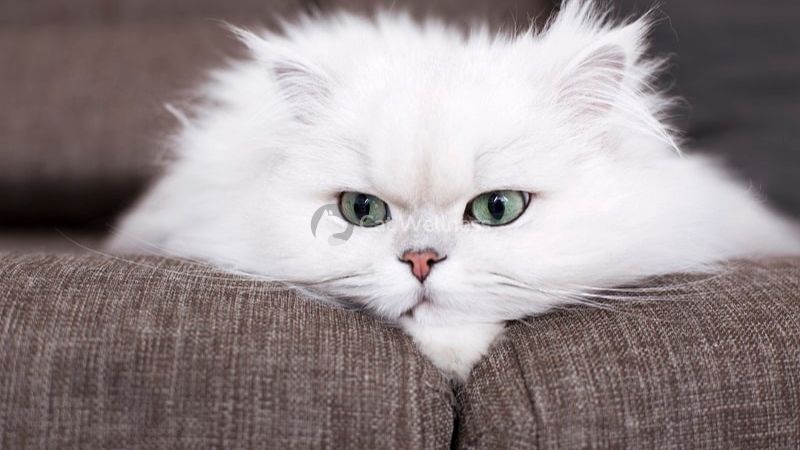
Meticulous brushing removes dead hair and skin cells from your feline’s luxurious coat at least once daily. The University of Missouri’s study confirms this routine can considerably lessen allergen presence in your home.
Combining grooming with frequent washing of cat bedding helps maintain a clean living environment for you and your pet.
Related Post: Is Royal Canin Cat Food Hypoallergenic?
For those suffering from severe symptoms of Persian cat allergies, consult an allergist for personalized allergy management techniques such as immunotherapy shots or over-the-counter antihistamines.
Understanding Cat Allergies
Specific allergens cause cat allergies in a cat’s fur, leading to sneezing, itching, and watery eyes.
Causes of Cat Allergies
Cat allergies are caused by the immune system’s reaction to specific proteins found in cat dander, saliva, and urine. When these proteins come into contact with sensitive individuals, they trigger an allergic response.
The main culprit is a protein called Fel d 1, produced by the sebaceous glands in a cat’s skin and transferred to their fur during grooming.
Additionally, cat allergens can be carried through the air as microscopic particles that can easily be inhaled or settle on surfaces and cause symptoms.
These allergens can stick around for long periods since they are lightweight and sticky. It’s important to note that not only Persian cats but all breeds produce these allergenic proteins regardless of their fur type or length.
Understanding the causes of cat allergies can help individuals better manage their symptoms and make informed decisions about pet ownership.
Symptoms of Cat Allergies
Cat allergies can manifest in various ways and vary in severity from person to person. Common symptoms include sneezing, coughing, itchy or watery eyes, runny nose, and nasal congestion.
Some individuals may also experience skin reactions such as hives or eczema when contacting cat allergens.
In more severe cases, cat allergies can lead to difficulty breathing, tightness in the chest, wheezing, and even asthma attacks.
Specific Allergens in Cat Breeds
Different cat breeds produce varying allergens, which can trigger allergic reactions in sensitive individuals.
While no breed is completely hypoallergenic, some species are known to produce fewer allergens than others, making them more suitable for allergy sufferers.
For example, the Maine Coon, British Longhair, Norwegian Forest Cat, and Siberian cats are often considered more allergy-friendly options.
However, it’s important to note that even these breeds can still produce allergens and may not guarantee an entirely symptom-free experience for those with allergies.
FAQs
Conclusion
In conclusion, while Persian cats are not considered hypoallergenic, they produce less dander than other breeds. However, their long coats require regular grooming to minimize the risk of allergies.
Ultimately, individuals with allergies must spend time with a Persian cat before committing to ensure compatibility and prevent allergic reactions.
References
www.webmd.com/pets/cats/cat-allergy-symptoms-triggers
www.hepper.com/are-persian-cats-hypoallergenic/
Recommended Reading

